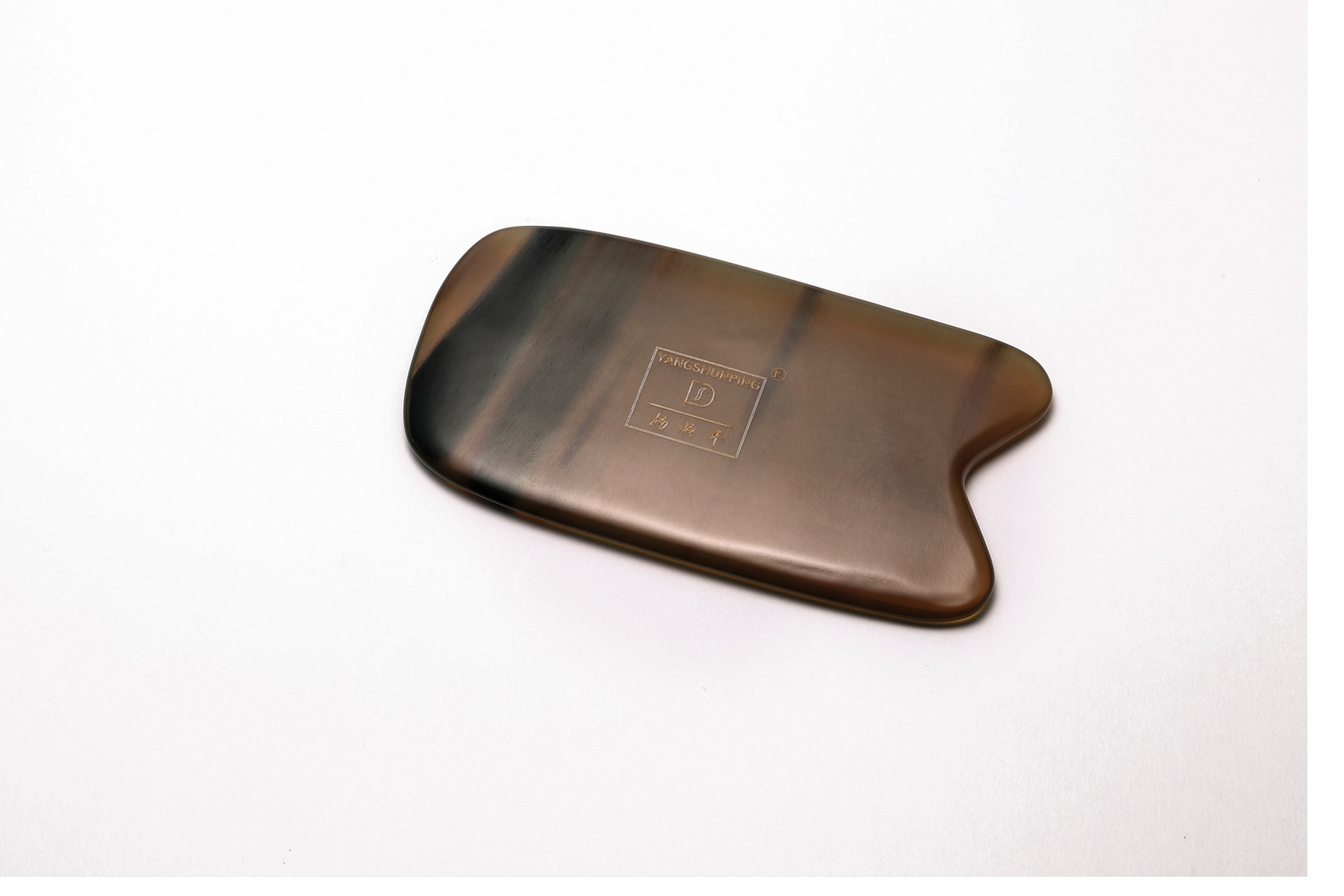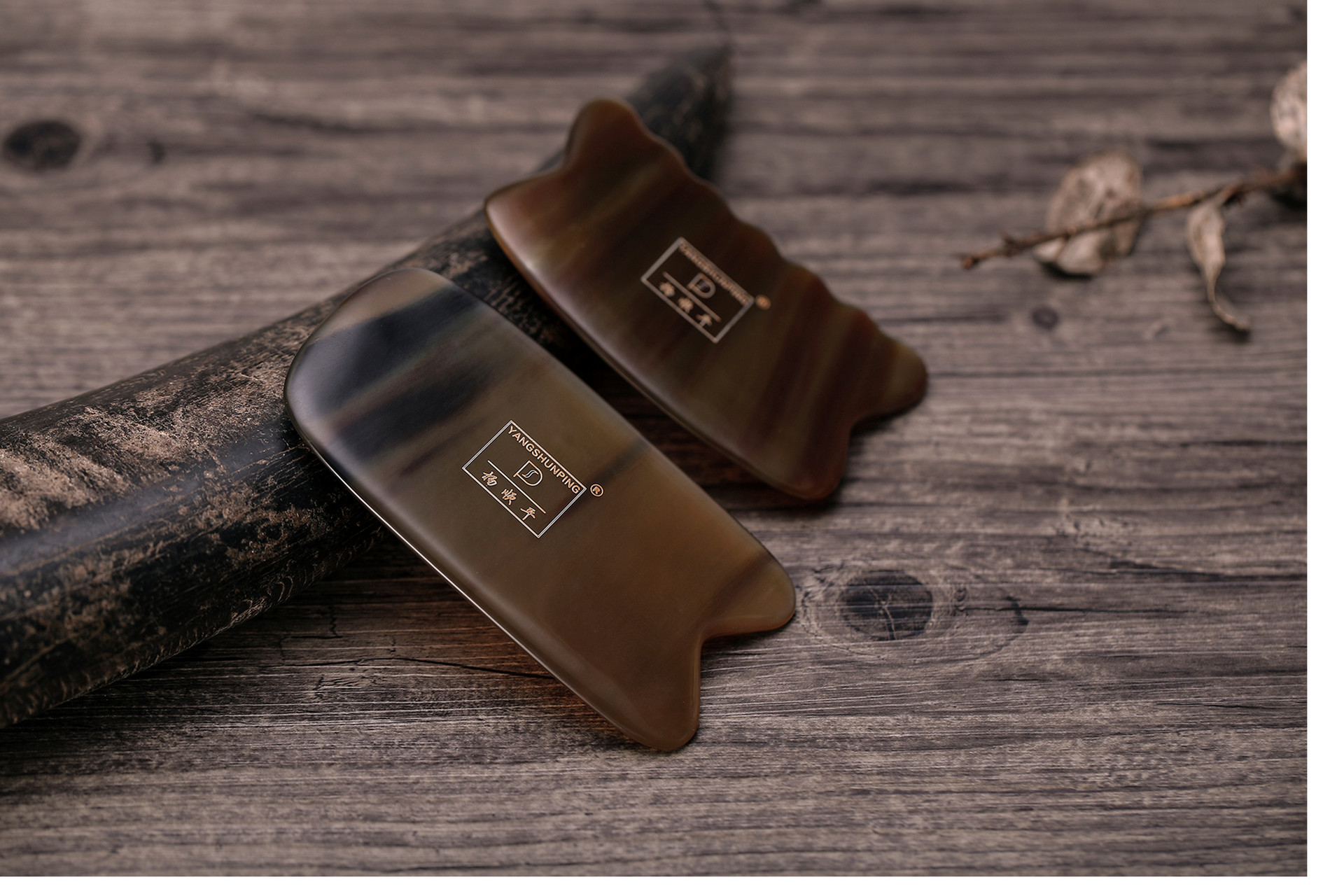The term "Sha" refers to a kind of heat-related disease in traditional Chinese medicine, which is characterized by skin rashes and is often associated with epidemics such as cholera. In pediatric medicine, there are four major conditions known as "Sha, Dou, Jing, Gan," with "Sha" being one of them.
"Sha" is a specific term in traditional Chinese medicine
In the section on "Measles" in the book "Pediatrics in Traditional Chinese Medicine" by Chen Congrong, it is mentioned that "Measles, also known as wind Sha or Yin rash. It is a relatively mild eruptive infectious disease in children, mostly occurring in infants and young children under the age of five, and is most prevalent in winter and spring." From this, it can be inferred that "Yin rash" was the earliest name for Sha. In the "Synopsis of Prescriptions of the Golden Chamber" by Zhang Zhongjing of the Han Dynasty, it is stated, "When the wind is strong, it becomes Yin rash." In the "Discussion on Smallpox and Rashes" by Nie Jiuwu of the Ming Dynasty, it is said, "Measles looks like sesame seeds, smallpox looks like beans, they are named after their appearance." Therefore, it can be assumed that Sha rash should resemble sand, as it refers to fine and fragmented rashes. In the "Discussion on Various Diseases and Their Manifestations" by Sui Dynasty physician Chao Yuanfang, it is also stated, "When children sweat and remove their clothes, the wind enters the pores and clashes with the qi, causing the formation of Yin rash... It is not swollen or painful, just itchy."
When examining the character "Sha," it is not found in medical texts before the Ming Dynasty. It first appeared in medical texts after the mid-Qing Dynasty. The "Kangxi Dictionary" includes 47,035 Chinese characters, but does not include the character "Sha." It can be seen that the character "Sha" is a relatively recent addition. This is likely due to an increase in foreign epidemics during the Qing Dynasty and an increase in Sha rash cases. The theory of warm diseases in traditional Chinese medicine also developed relatively late, and this may be one of the reasons.
The origin of Gua Sha therapy lies in folk tradition
Gua Sha is a simple method used in folk medicine to treat certain heat-related diseases. It involves using a smooth and hard object, such as a coin, dipped in oil or water to scrape the patient's chest and back, causing localized skin congestion and the formation of "Sha." This helps to disperse internal heat and stagnant toxins, thereby relieving or curing the illness. Although Gua Sha originated from folk tradition, it is also guided by principles from traditional Chinese medicine. Undoubtedly, this method was first created by grassroots doctors based on traditional Chinese medicine theory and became popular in the folk due to its simplicity and ease of use.
Gua Sha has a long history and became prominent in the Qing Dynasty
Some claim that Gua Sha can be traced back to the Neolithic Age. Is this true? I don't think so. While humans have learned a lot in their struggle against nature, there were certainly medical activities during the Neolithic Age and some simple medical tools, such as stone needles. Sharper stones could be used as needles or knives to treat pain, abscesses, etc. Perhaps there were also skin scraping techniques, but it must be pointed out that they were not the same as true Gua Sha. However, Gua Sha is in line with traditional Chinese medicine theory, and it is understandable that some authors highly praise it. Throughout history, there have been examples of revering the past and belittling the present, such as the attribution of the "Shennong's Materia Medica" and the "Inner Canon" and "Outer Canon" of the Yellow Emperor to the ancient sages. These are all examples of reverence for ancient sages and not the works of Shennong or the Yellow Emperor themselves. However, there have also been advocates who claim that "this is the true Yellow Emperor's book," "it originated in ancient times," and "it is not the work of sages."








